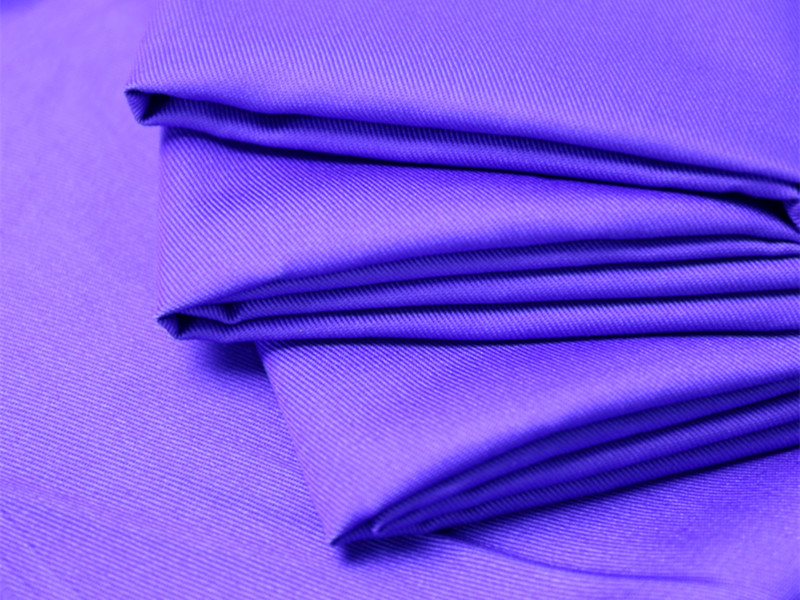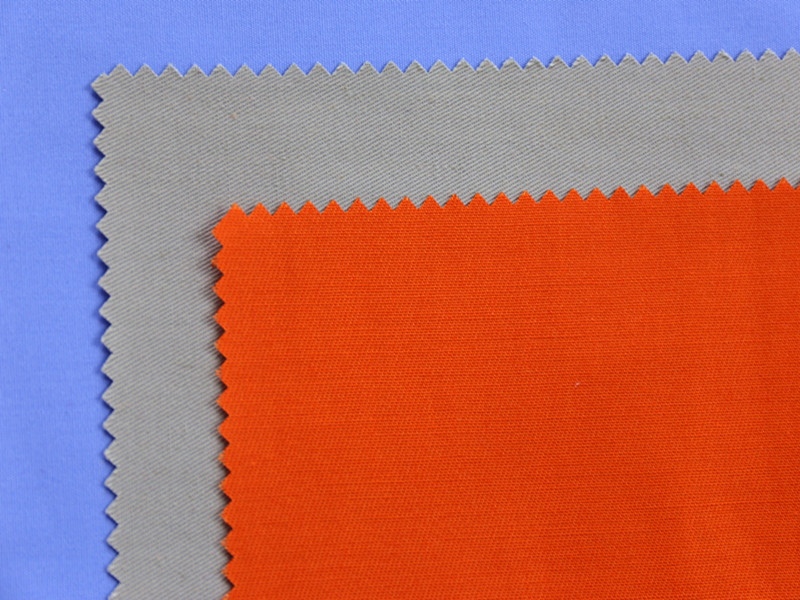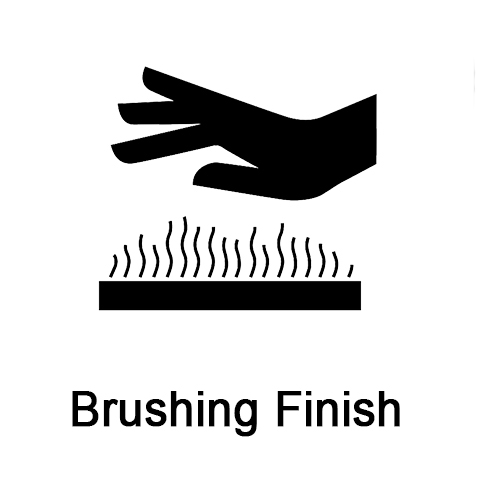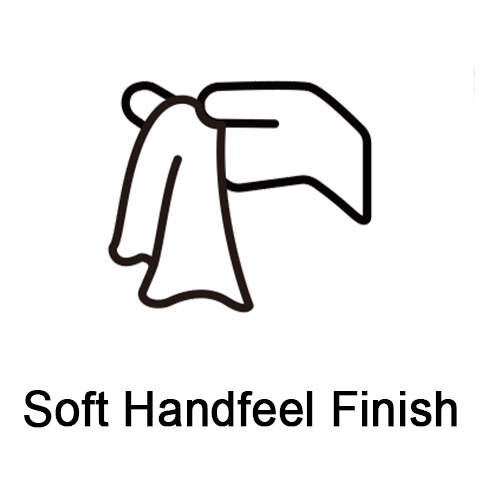Color Fastness to Rubbing of Textiles
1. Comparison of rubbing color fastness test methods
The rubbing color fastness test refers to a test in which colored samples are rubbed with dry rubbing cloth and wet rubbing cloth respectively, and then the degree of staining of the rubbing cloth is evaluated. The test results are divided into 5 levels, 5 is better, and 1 is worse. Although the test process is simple, it is a basic color fastness evaluation indicator for textile products, and it is almost one of the items that must be evaluated when buyers from various countries place orders. The technical conditions of the rubbing fastness test standards of various countries are very similar, but there are also some differences.

2. The main factors affecting the color fastness of friction and their control measures
During the rubbing process between textiles and other objects, the color shedding or the degree of staining of the object being rubbed is affected by many factors.
There are two ways to lose color and stain:
One is that the dye on the textiles falls off or fades and is contaminated on the surface of the friction object;
The second is that the dyed fibers fall off and adhere to the surface of the rubbing object.
3. In practice, shedding of dye is the main reason for staining
Although the covalent bond strength and adhesion between reactive dyes of different chemical structures and cellulose fibers are somewhat different, the effect on the color fastness to wet friction of dyed fabrics is basically the same.
When the dyed fabric is wet rubbed, the covalent bond formed between the dye and the fiber will not break and produce floating color. The transferred dye usually does not form a covalent bond with the fiber, but rely on van der Waals force to produce adsorption, that is, floating color.
Any fabric of Tianyu Textile has passed the color fastness test, with good quality and good performance. It is a well-known tooling fabric manufacturer in China. If you have a need, please let us know!








